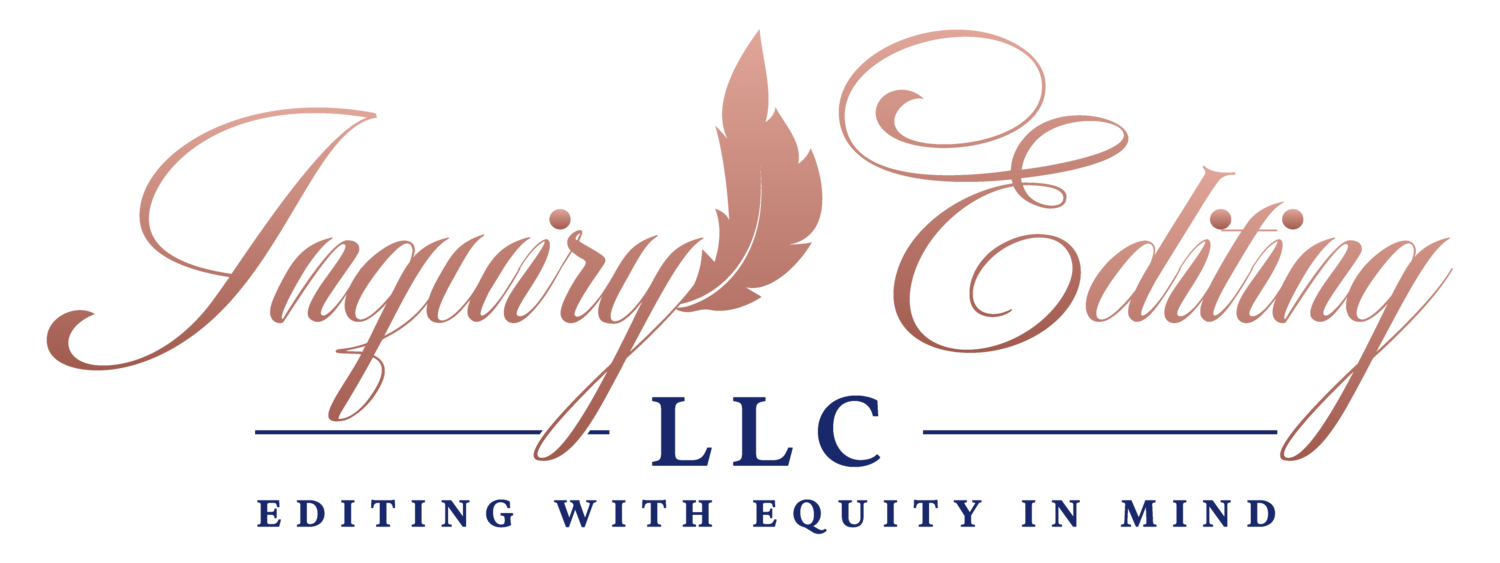Divine in the Details 3
It occurs to me that I do not typically give advice about the picayune detailed work of editing. I’d like to dedicate a few newsletters to thinking about the details. This week, I’d like to talk about verbs.
I am sure folks have heard the adage: we write with nouns and verbs and not adjectives and adverbs. Nouns and verbs cover the most important question for a sentence: who did what? As the main stars, nouns and verbs tend to be the primary spaces from which we cull information, particularly regarding arguments.
I tend to think of verbs in categories. One such category is verbs that show. These verbs tend to feature as passive voice or as description. For instance, the verb “to be” provides the exact meaning we need for description. Other verbs in the descriptive family – shows, illustrates, illumes, illuminates, et cetera – can help conclude an argument. More often though, these verbs tend to stand in for the approbation of the argument itself. So, even amenable readers are left asking “how?” or “why?” Without being too prescriptive, I suggest using verbs of description when the paragraph calls for description: summary, character sketch, context. When I read verbs of description where there should be more argumentative verbs, I also do not spy whole paragraphs dedicated to summary, or context. For some writers, those paragraphs can feel like a waste of time, but they are precious for a reader because they take the time to orient a reader, set them up for success in understanding.
Another category of verbs would be the helping verbs. These are not solely limited to “have/had/will have” or “do/does/did” or the like; these verbs also include the filler language (often used by academics): seems to, functions as, serves as, et cetera. Typically, the filler language accompanies another, usually more argumentative verb (i.e. catastrophize, augment, buttress, et cetera). More often than not, the more argumentative verb outperforms its filler. To my mind, this is both a craft issue and an audience issue. As for the former, a delay in action or subject places the focus on the auxiliary verb: obscuring the action and thereby the relationship between the subject and the object of the sentence. Does something “function to augment” or does it “augment” outright? Does an incident “serve as a wake up call” or does it “wake up a specific individual or group of people”? Of course, that filler language can appear on its own and be quite useful. But, if it is one of your writing ticks, I’d be wary when I see it.
A third category of verbs are the argumentative verbs. Technically, any verb can be an argumentative verb. I have used sentence fragments with the verb “to be” to inject a sharp or strident tone into my writing. In a recent essay, I used “but she did” – a small sentence – with an auxiliary verb at its heart. The verb “to do” is not behaving as an auxiliary verb in that sentence, but that is precisely why it works as argumentative. It is not shaping the tone or mood of another verb. When I need to hedge my bets during an argument or provide room for a counterargument, I use filler language to slow the prose and take on a teacherly tone.
When I revise – oh please note this process takes place during revision – I look for places where the verbs do not work well as argumentative verbs. You all may not believe me when I say this but I have lists of verbs. I have googled “verbs that analyze” more times than I can count. I have used thesaurus.com more times than I can count. This type of editing allows me to sharpen my ideas. The resulting prose uses verbs that pull the weight of the sentence’s action.
I cannot emphasize enough that this process happens during revision. It makes no sense to fight with your words during the draft stage. You need to just get them on the page. Then, you get to experiment with verbs!
